After our first visit this week, so are we.
Marseille is the oldest city in France. It’s the second city of France. And it’s the home of pastis and bouillabaisse. It elected the first socialist maire in France in 1890. It was a refuge for Jews and a centre of resistance against the Nazis in the war.
Oh, and it is also, in 2013, the European capital of culture.
It is, in fact, a méli-mélo of stereotypes. So Jill and I thought we’d check it out, using as our excuse and opportunity, the exhibition at the Musée des Beaux Arts, part of the Grand Atelier du Midi show, which focuses on works of artists from Van Gogh to Bonnard.
We took the TGV from Avignon, paused briefly in Aix-en-Provence, and arrived in Marseille in plenty of time for our pre-booked slot at the gallery. So much time, in fact, that we had checked in to our hotel, drank a half bottle of chilled rosé, eaten a small plate of charcuterie and courgettes, walked to the Palais Longchamps and enjoyed (most of) the paintings, even before our allocated time was scheduled to begin.
For the record, loved the Van Goghs, the Renoirs (always associated him exclusively with Paris), the Duffys, the Picasso, the Matisses, the Bacon, and some of the Bonnards; loathed the Manguins, the Marquets and the Massons; quite enjoyed the Paul Signac.
So by half three in the afternoon, we were free to explore Marseille. And we made a startling discovery: le vrai Grand Atelier du Midi is not the gallery and its contents, but the city of Marseille itself.
It’s both use and ornament (as my grandmother used to say): a shady events pavilion, a beautiful structure, and a place for reflection - literally and figuratively.
Two views are better than one.
But there was another view which was already haunting us and it is ubiquitous wherever one walks. It is Notre dame de la Garde, which looks down on the city, and is regarded as a guardian and protector of the city. It's known by the Marseillaise as la bonne mère for this reason.
We took the advice of the guide-book and, rather than attempt the walk, squeezed ourselves aboard a tourist train, which took us along the Corniche (longest in the world apparently), gave us half an hour to admire the neo-Byzantine basilica and crypt, and delivered us back to the plethora of restaurants and bars which line the Vieux Port.
So we walked through Le Panier, the oldest part, where The French Connection was filmed, where the Jews hid, where the communists and resistance were based, and where the Nazis - together with a huge contingent of French police from Paris - evacuated 30,000 people, sent 2000 of them to concentration camps and dynamited 1500 houses. All in a single day in January 1943.
At the far side of Le Panier is the Fort St Jean. This, and the Fort St Nicolas, were built by French kings not so much to protect the city as to dominate it and ensure that its people knew their place.
Today, the Fort St Jean is linked by an elegant walkway across the sea to a wonderful new structure, designed and built as part of the Capital of Culture celebrations.
This is the Museum of Civilisations in Europe and the Mediterranean, or MuCEM, and it is beautiful. It links the land with the sea and it links France with North Africa. It captures the essence of Marseille: its trading, its Phoenician origins, its role as an entry point and a conduit for other cultures.
But the grand atelier is not MuCEM. Nor is it the Musée at Palais Longchamps.
It is Marseille itself: the city and its people.
Where to eat: La Part des Anges, a bar à vin on rue Sainte, with 300 different wines and no wine list. Tell the waiters what you like and what you are going to eat, and they will bring you a glass of something wondrous - or maybe two or three or more. Brilliant place. Love it.
Where not to eat: Pretty much anywhere in the tourist bit of the Vieux Port, but especially not at La Cuisine au Beurre.
Today's listening: Coupo Santo, the national anthem of Provence, which we heard sung at the end of a communal dinner in an adjoining village on Friday evening. A beautiful song, rendered tout feu, tout flamme, by many of those present.
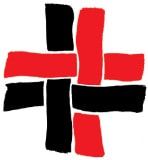
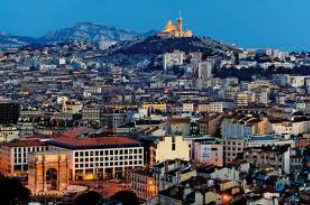

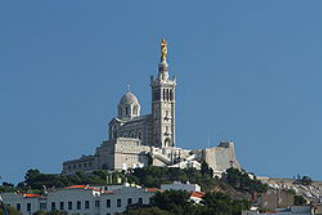
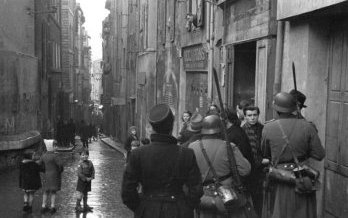
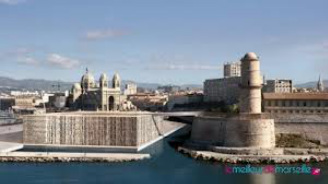
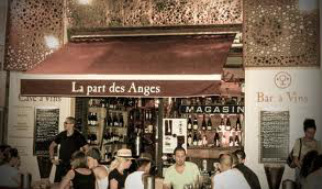
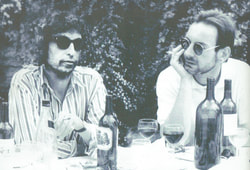



 RSS Feed
RSS Feed